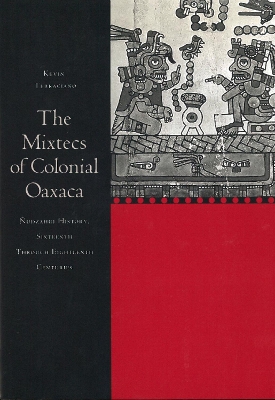This book is a history of the Mixtec Indians of southern Mexico, who in their own language call themselves Tay Nudzahui, "people of the rain place." These people were among the most populous cultural and language groups of Mesoamerica at the time of the Spanish conquest. This study focuses on several dozen Mixtec communities in the region of Oaxaca during the period from about 1540 to 1750.
The work is largely based on an extraordinary collection of primary sources, translated and analyzed by the author, that were written by Mixtecs in the roman alphabet from the mid-sixteenth to the early nineteenth centuries. To complement this native-language corpus, the author has examined preconquest and early colonial pictorial writings, Spanish-language civil and trial records, and Nahuatl (Aztec) texts.
The book addresses many interrelated topics, including writing, language, sociopolitical organization, local government, social and gender relations, land tenure, trade, rebellion, religion, ethnicity, and historical memory. Throughout, the author emphasizes the internal, indigenous perspective instead of relying on Spanish sources and points of view. In its focus on indigenous concepts, the book introduces a new terminology and new categories of analysis in colonial Mexican history. The conclusion makes detailed comparisons with recent findings on the Nahuas of central Mexico and the Maya of Yucatan, and revisits the question of cultural change among indigenous peoples under colonial rule.
- ISBN10 0804751048
- ISBN13 9780804751049
- Publish Date 10 August 2004 (first published 1 December 2002)
- Publish Status Active
- Publish Country US
- Imprint Stanford University Press
- Format Paperback (US Trade)
- Pages 528
- Language English
